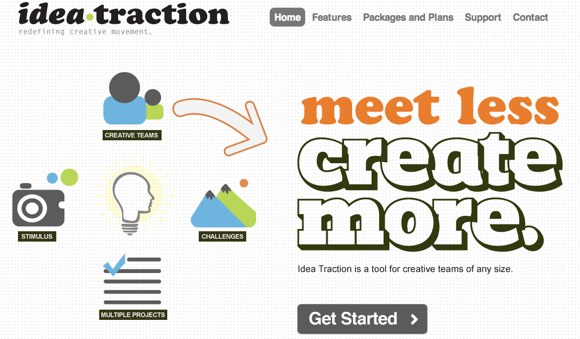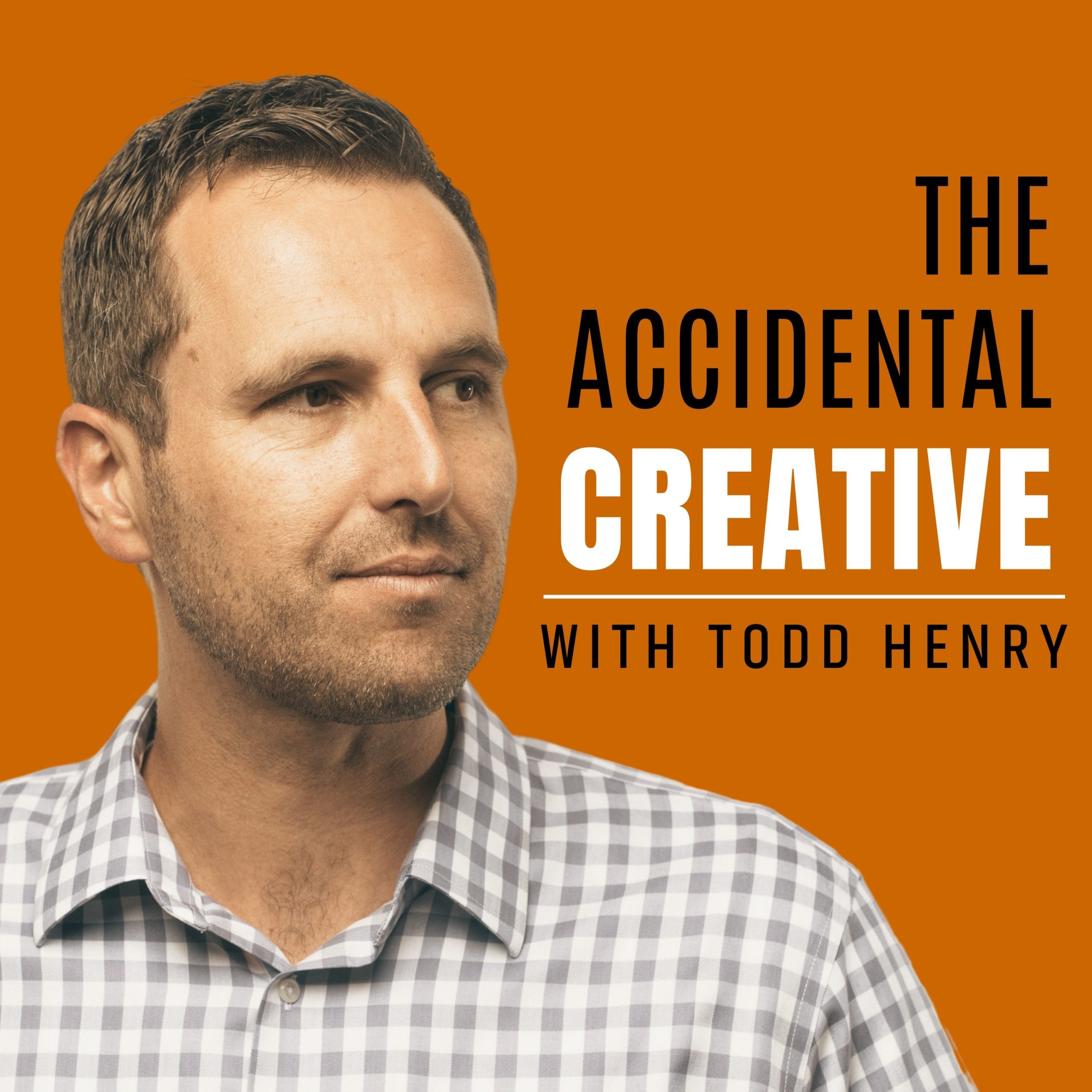There is a point at which staring at a problem and simply cranking away yields diminishing returns. The solution isn’t to continue to knuckle-down and hope to dig out of the hole using the same methods that created it. It’s to establish traction, and hopefully develop a new vector.
A vector has three qualities: (1) a starting point, (2) a velocity and (3) a direction. When we are “vector-less” in our creating, it means that we either don’t understand the problem (the starting point), we lack movement (velocity) or we are uncertain of where we should be putting our effort (direction).
Whenever there is a problem in our creative efforts, whether individually or collectively, it can be tremendously effective to analyze these three qualities to see where the problem lies. Some questions to ask include:
– Do we really understand the problem? Can we state it concretely?
– Are we aligned on what the problem really is?
– What is the next action on this project?
– What is the most effective thing we could do right now (rather than the most efficient one?)
– Have we clearly and concretely articulated the “how“, or the creative strategy?
If you are unable to answer in the affirmative on any of these questions, it could mean you need to do some pre-work to establish points of friction and get moving in the right direction.
Additionally, sometimes tools can help. Accidental Creative has just launched a new product (in partnership with Be Creative Group) called Idea Traction. It’s designed to help creative teams (1) establish a clear starting point, (2) establish velocity quickly and (3) collaborate effectively, even when working from different locations.
The promise of Idea Traction is “meet less, create more.” We want to help teams get from zero-to-35 miles per hour on their projects in record time, and offer a space to share insights, stimuli, and potentially useful ideas as a starting point for collaboration.
Check out Idea Traction and let us know what you think. Regardless of the tools you use, please (PLEASE) don’t drift due to a lack of a clear starting point, a velocity or a direction. Be a vector.




“The quality of questions you ask determine the quality of answers you get.”
Tony Robbins
I love the questions you’ve laid out here for addressing problems you have. When I saw them, they reminded me of these 6 Problem-Solving Questions I learned from Tony Robbins…
1. What can I learn from this?
2. What’s great about this problem?
At first your brain’s probably gonna say nothing. Especially if you’re in a bad state. But the best question to ask is the one everyone else thinks is absurd. The way everyone else thinks is what keeps them stuck.
If you can’t come up with answer, change your state and then ask it.
This whole system is built to answer the question of “What’s great about this economy we’re in?” Now you have the ultimate advantage when you can look forward to recession. When you have multiple answers to this question, you become the master.
3. What’s not perfect yet?
What does this question pre-suppose? That it has potential to be perfect in your eyes. Language creates emotion.
Write all this stuff down. In your head, you can go in circles. When you write it, it forces you into clarity.
4. What am I willing to do to make it the way I want it?
People who are willing to do anything to make it the way they want it, will find a way.
If you’re willing to write down a list of bunch of stuff that you wouldn’t want to do because they scare the shit out of you and you can look yourself in the eyes and say that you’re willing to do them, that’s when change happens. AND you’ll probably only have to do 10% of what’s on that list to get what you want.
But most of us never look at what we’re afraid of and we never do anything that’s necessary to get what we want.
5. What am I not willing to do to make it the way I want it?
Are you not willing to become a defeated person during this process? Are you not willing to live in fear and depression? Are you not willing to let this problem make you feel sorry for yourself everyday?
6. How can I enjoy the process?
Thank you Todd for introducing me to Idea Traction. I’m always on the hunt for new resources that make solving problems easier!
“The quality of questions you ask determine the quality of answers you get.”
Tony Robbins
I love the questions you’ve laid out here for addressing problems you have. When I saw them, they reminded me of these 6 Problem-Solving Questions I learned from Tony Robbins…
1. What can I learn from this?
2. What’s great about this problem?
At first your brain’s probably gonna say nothing. Especially if you’re in a bad state. But the best question to ask is the one everyone else thinks is absurd. The way everyone else thinks is what keeps them stuck.
If you can’t come up with answer, change your state and then ask it.
This whole system is built to answer the question of “What’s great about this economy we’re in?” Now you have the ultimate advantage when you can look forward to recession. When you have multiple answers to this question, you become the master.
3. What’s not perfect yet?
What does this question pre-suppose? That it has potential to be perfect in your eyes. Language creates emotion.
Write all this stuff down. In your head, you can go in circles. When you write it, it forces you into clarity.
4. What am I willing to do to make it the way I want it?
People who are willing to do anything to make it the way they want it, will find a way.
If you’re willing to write down a list of bunch of stuff that you wouldn’t want to do because they scare the shit out of you and you can look yourself in the eyes and say that you’re willing to do them, that’s when change happens. AND you’ll probably only have to do 10% of what’s on that list to get what you want.
But most of us never look at what we’re afraid of and we never do anything that’s necessary to get what we want.
5. What am I not willing to do to make it the way I want it?
Are you not willing to become a defeated person during this process? Are you not willing to live in fear and depression? Are you not willing to let this problem make you feel sorry for yourself everyday?
6. How can I enjoy the process?
Thank you Todd for introducing me to Idea Traction. I’m always on the hunt for new resources that make solving problems easier!